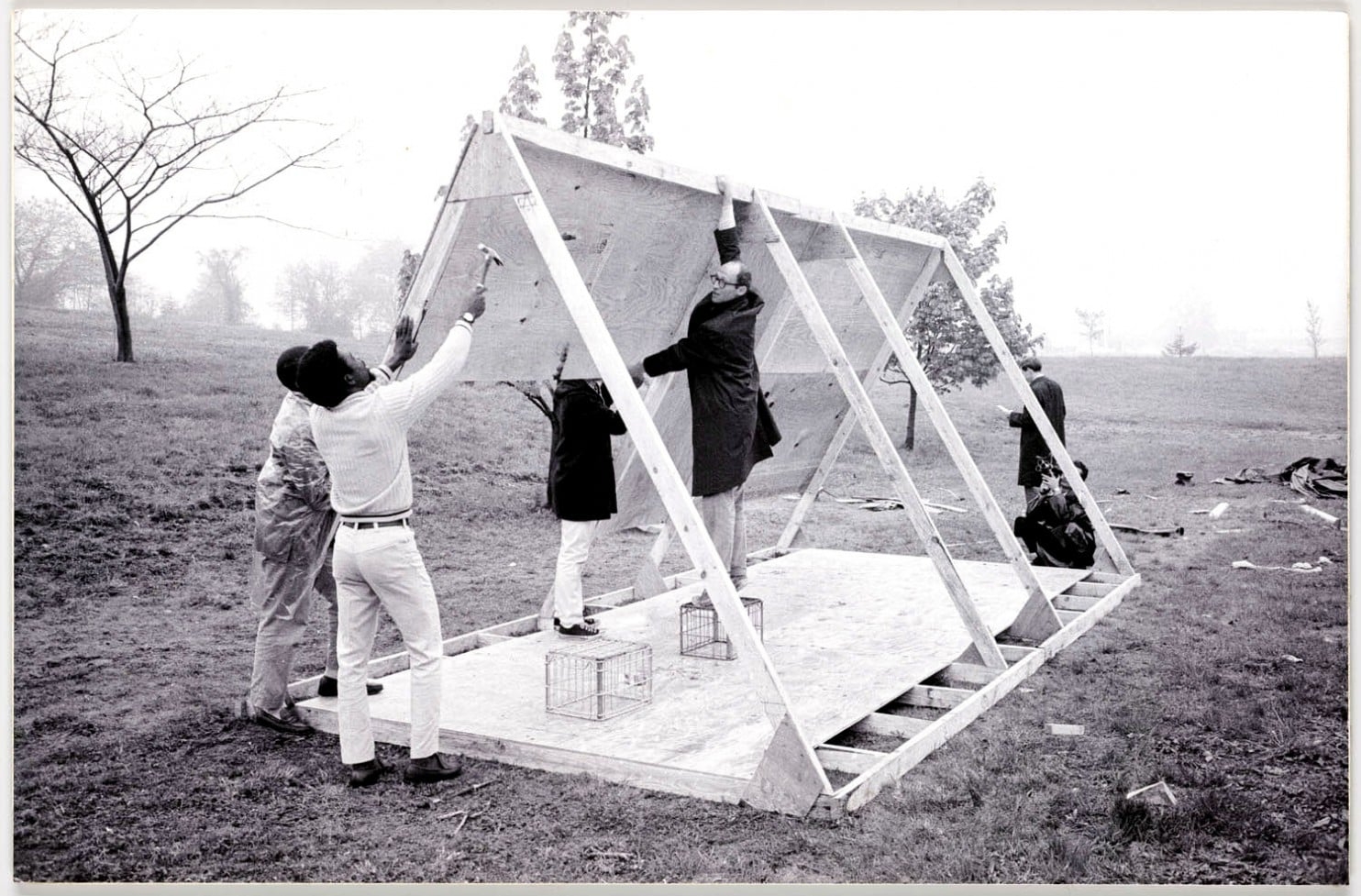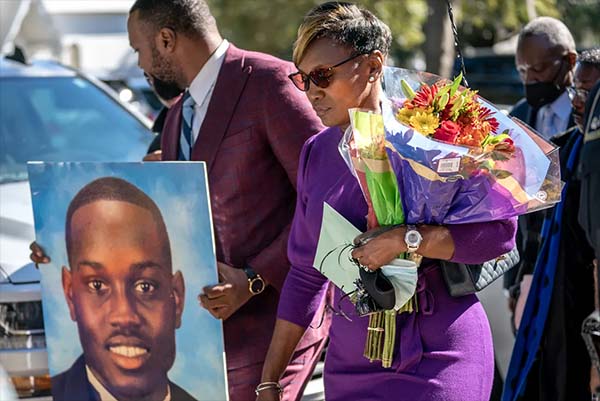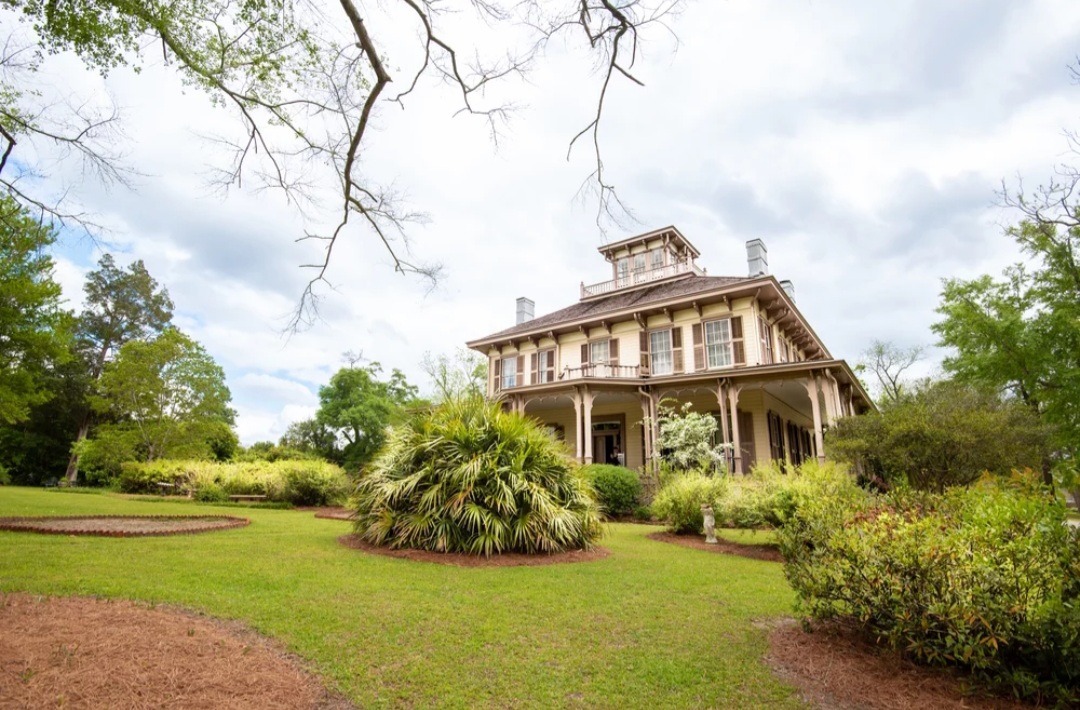
In that fraught and unsettled spring of 1968, Kenneth Jadin had a problem.
The 25-year-old architecture professor at Howard University needed a chunk of land. A big, big chunk of land.
Jadin and others had been tasked with the difficult challenge of figuring out how and where to house thousands of activists who would be flooding into Washington for an antipoverty demonstration so grand in scale and so ambitious in scope that no one had ever seen anything like it.
Decades before Occupy Wall Street mainstreamed the notion of protest as semi-permanent encampment, Washington was about to become the scene of a demonstration so fixed in place that it would have its own Zip code: 20013.
For the full story, visit TheWashingtonPost.com/Lifestyle.




